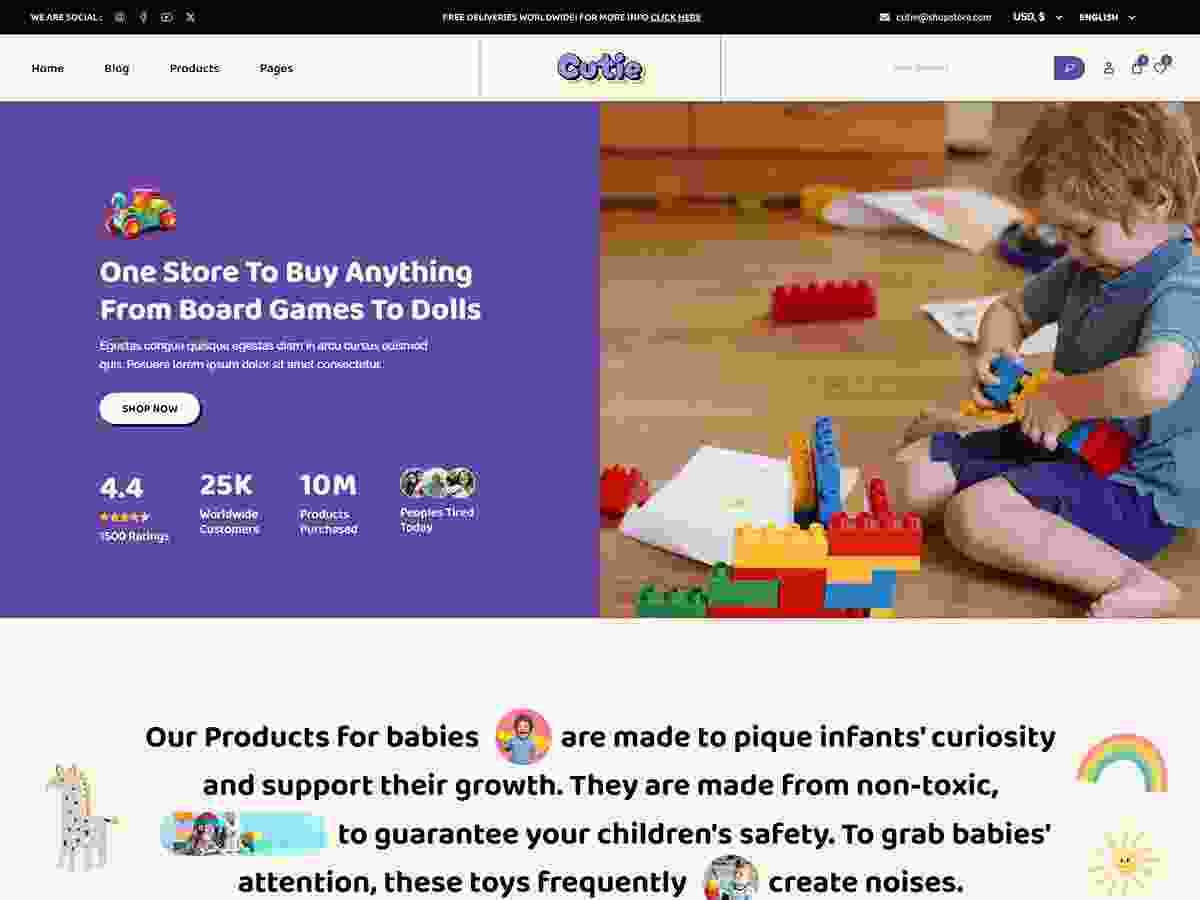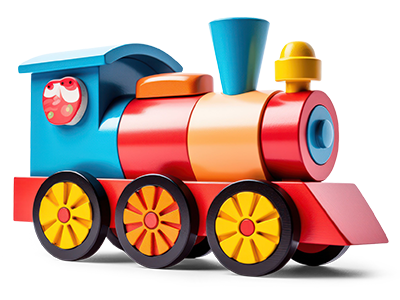Spa Chemicals are vital for maintaining a clean, safe, and enjoyable hot tub experience. At spa-wear.com, we understand the importance of proper spa maintenance, which includes selecting the right spa chemicals to keep your water balanced and sanitized for ultimate relaxation and well-being. Let’s dive into the essentials of hot tub sanitation, water balancing, and overall spa care.
1. Understanding the Importance of Spa Chemicals
Maintaining a hot tub involves more than just filling it with water; it requires a balanced chemical environment to ensure a safe and pleasant experience. Spa chemicals play a crucial role in sanitizing the water, preventing the growth of bacteria and algae, and maintaining the correct pH balance. Ignoring these aspects can lead to skin irritation, unpleasant odors, and even health risks.
Why Are Spa Chemicals Necessary?
Spa chemicals are essential for several reasons:
- Sanitization: Hot tubs are breeding grounds for bacteria due to the warm water and enclosed environment. Sanitizers like chlorine and bromine kill these harmful microorganisms, ensuring a safe soaking experience.
- Water Balance: Maintaining the correct pH and alkalinity levels is crucial for preventing scale buildup, corrosion, and skin irritation. Balanced water also allows sanitizers to work more effectively.
- Clarity: Spa chemicals help keep the water clear by removing organic contaminants and preventing cloudiness.
The Consequences of Neglecting Spa Chemistry
Failing to maintain proper spa chemistry can lead to several issues:
- Bacterial Growth: Unsanitized water can harbor harmful bacteria, leading to skin infections, respiratory problems, and other health issues.
- Skin and Eye Irritation: Imbalanced pH levels can cause dryness, itching, and redness of the skin and eyes.
- Equipment Damage: Scale buildup and corrosion can damage the hot tub’s plumbing, jets, and other components, leading to costly repairs.
- Unpleasant Odors: Bacteria and algae can produce foul odors, making the hot tub experience less enjoyable.
2. Essential Spa Chemicals for Hot Tub Maintenance
To keep your hot tub in top condition, you need to understand the essential chemicals required for maintenance. These include sanitizers, balancers, clarifiers, and shock treatments.
Sanitizers: Chlorine and Bromine
Sanitizers are the most critical spa chemicals, responsible for killing bacteria and other microorganisms. The two most common sanitizers are chlorine and bromine.
- Chlorine: A widely used sanitizer, chlorine is effective at killing bacteria and algae. It is relatively inexpensive and easy to use. However, chlorine can produce a strong odor and may cause skin irritation in some individuals.
- Bromine: Another popular sanitizer, bromine is gentler on the skin and produces less odor than chlorine. It is also more stable at higher temperatures, making it ideal for hot tubs. However, bromine is typically more expensive than chlorine.
According to research from the International Spa Association (ISPA), in July 2023, Chlorine is the most popular sanitizer with 60% and Bromine with 30%.
Water Balancers: pH, Alkalinity, and Calcium Hardness
Maintaining the correct water balance is essential for preventing scale buildup, corrosion, and skin irritation. The key parameters to monitor are pH, alkalinity, and calcium hardness.
- pH: Measures the acidity or basicity of the water. The ideal pH range for a hot tub is 7.2 to 7.8. Low pH can cause corrosion, while high pH can lead to scale formation and reduced sanitizer effectiveness.
- Alkalinity: Measures the water’s ability to resist changes in pH. The ideal alkalinity range is 80 to 120 ppm. Low alkalinity can cause pH to fluctuate, while high alkalinity can make it difficult to adjust pH.
- Calcium Hardness: Measures the amount of calcium in the water. The ideal range is 150 to 250 ppm. Low calcium hardness can cause corrosion, while high calcium hardness can lead to scale formation.
Clarifiers and Algaecides
Clarifiers and algaecides help keep the water clear and prevent the growth of algae.
- Clarifiers: These products help to clump together small particles in the water, making them easier to filter out. Clarifiers are particularly useful for removing cloudiness caused by organic contaminants.
- Algaecides: These products kill and prevent the growth of algae. Algaecides are essential for preventing green or slimy water, especially in hot tubs exposed to sunlight.
Shock Treatments
Shock treatments are used to oxidize organic contaminants and restore water clarity. Shocking the hot tub involves adding a high dose of sanitizer to eliminate bacteria, chloramines, and other impurities.
- Chlorine Shock: This is a fast-acting shock treatment that quickly eliminates contaminants. However, it can produce a strong odor and may require you to wait before using the hot tub.
- Non-Chlorine Shock: This type of shock treatment uses potassium monopersulfate to oxidize contaminants without producing a strong odor. It allows you to use the hot tub sooner after treatment.
3. Step-by-Step Guide to Using Spa Chemicals
Using spa chemicals correctly is crucial for maintaining a safe and enjoyable hot tub experience. Here’s a step-by-step guide to help you properly use these chemicals.
Testing the Water
Regular water testing is the first step in maintaining proper spa chemistry. Test the water at least twice a week using a test kit or test strips.
- Test Kits: These kits use liquid reagents to measure pH, alkalinity, and sanitizer levels. They are more accurate than test strips but require more time and effort.
- Test Strips: These strips are dipped into the water and change color to indicate the levels of various chemicals. They are convenient and easy to use but may not be as accurate as test kits.
Adjusting pH and Alkalinity
Once you’ve tested the water, adjust the pH and alkalinity as needed.
- To Increase pH: Add pH increaser (sodium carbonate) to the water. Follow the product instructions and add small amounts at a time, retesting after each addition.
- To Decrease pH: Add pH decreaser (sodium bisulfate) to the water. Follow the product instructions and add small amounts at a time, retesting after each addition.
- To Increase Alkalinity: Add alkalinity increaser (sodium bicarbonate) to the water. Follow the product instructions and add small amounts at a time, retesting after each addition.
Sanitizing the Water
After balancing the water, add sanitizer to maintain the correct levels.
- Chlorine: Maintain a chlorine level of 1 to 3 ppm. Add chlorine granules or tablets to the water, following the product instructions.
- Bromine: Maintain a bromine level of 3 to 5 ppm. Add bromine tablets to the water, following the product instructions.
Shocking the Water
Shock the water weekly or after heavy use to eliminate contaminants and restore water clarity.
- Chlorine Shock: Add chlorine shock to the water, following the product instructions. Wait at least 24 hours before using the hot tub.
- Non-Chlorine Shock: Add non-chlorine shock to the water, following the product instructions. You can typically use the hot tub sooner after treatment, but check the product instructions for specific wait times.
Adding Clarifiers and Algaecides
Add clarifiers and algaecides as needed to keep the water clear and prevent algae growth. Follow the product instructions and add the recommended amount to the water.
4. Tips for Safe and Effective Spa Chemical Use
Using spa chemicals safely and effectively is essential for maintaining a healthy and enjoyable hot tub experience. Here are some tips to keep in mind.
Read and Follow Product Instructions
Always read and follow the product instructions carefully. Each chemical has specific instructions for use, including dosage, application method, and safety precautions.
Store Chemicals Properly
Store spa chemicals in a cool, dry place, away from children and pets. Keep chemicals in their original containers and avoid mixing different chemicals together.
Wear Protective Gear
When handling spa chemicals, wear gloves and eye protection to prevent skin and eye irritation. Avoid breathing in chemical fumes and wash your hands thoroughly after use.
Add Chemicals Slowly and Carefully
Add chemicals to the water slowly and carefully, following the product instructions. Avoid splashing or spilling chemicals, and never add chemicals directly to the jets or skimmer.
Test the Water Regularly
Test the water regularly to monitor chemical levels and make adjustments as needed. Regular testing ensures that the water remains balanced and sanitized, preventing problems before they occur.
Maintain Proper Filtration
Proper filtration is essential for removing debris and contaminants from the water. Clean the filter regularly and replace it as needed to maintain optimal water quality.
Change the Water Regularly
Even with proper chemical maintenance, it’s essential to drain and refill the hot tub every 3 to 6 months. This helps to remove accumulated contaminants and maintain fresh, clean water.
5. Troubleshooting Common Spa Chemical Issues
Even with careful maintenance, you may encounter some common spa chemical issues. Here are some troubleshooting tips to help you resolve these problems.
Cloudy Water
Cloudy water can be caused by several factors, including:
- Imbalanced pH or Alkalinity: Adjust the pH and alkalinity to the correct ranges.
- High Levels of Organic Contaminants: Shock the water to oxidize contaminants.
- Poor Filtration: Clean or replace the filter.
- High Calcium Hardness: Use a scale control product to prevent calcium buildup.
Green Water
Green water is typically caused by algae growth.
- Add Algaecide: Treat the water with an algaecide to kill the algae.
- Shock the Water: Shock the water to oxidize any remaining algae.
- Clean the Filter: Clean the filter to remove any algae debris.
Strong Chemical Odor
A strong chemical odor can be caused by high levels of chloramines, which are formed when chlorine combines with organic contaminants.
- Shock the Water: Shock the water to break down chloramines.
- Improve Ventilation: Ensure the hot tub area is well-ventilated to dissipate odors.
Skin Irritation
Skin irritation can be caused by imbalanced pH levels or high levels of sanitizers.
- Adjust pH and Alkalinity: Adjust the pH and alkalinity to the correct ranges.
- Reduce Sanitizer Levels: Reduce the sanitizer levels to the recommended ranges.
- Rinse After Use: Rinse your skin after using the hot tub to remove any chemical residue.
6. Natural Alternatives to Traditional Spa Chemicals
If you’re looking to reduce the amount of chemicals in your hot tub, there are several natural alternatives to consider.
Ozone Generators
Ozone generators produce ozone gas, which is a powerful oxidizer that can kill bacteria and break down organic contaminants. Ozone is a natural sanitizer that doesn’t produce harmful byproducts.
UV Sanitizers
UV sanitizers use ultraviolet light to kill bacteria and other microorganisms. UV sanitization is effective and doesn’t add any chemicals to the water.
Mineral Sanitizers
Mineral sanitizers use minerals like silver and copper to inhibit the growth of bacteria and algae. Mineral sanitizers can reduce the amount of chlorine or bromine needed to maintain water quality.
Enzymes
Enzymes are natural proteins that break down organic contaminants in the water. Enzyme treatments can help to reduce the amount of chemicals needed to maintain water clarity.
7. Hot Tub Maintenance Schedule
To keep your hot tub in top condition, follow a regular maintenance schedule. Here’s a sample schedule to guide you.
Daily
- Check water temperature
- Add sanitizer as needed
Weekly
- Test and adjust pH and alkalinity
- Shock the water
- Clean the filter
Monthly
- Deep clean the filter
- Check and adjust calcium hardness
Every 3-6 Months
- Drain and refill the hot tub
- Clean the hot tub shell
8. Choosing the Right Spa Chemicals for Your Needs
With so many spa chemicals available, choosing the right ones for your needs can be overwhelming. Here are some factors to consider when selecting spa chemicals.
Type of Hot Tub
The type of hot tub you have can affect the chemicals you need. For example, some hot tubs may require specific types of sanitizers or balancers.
Water Source
The source of your water can also affect the chemicals you need. Well water, for example, may have higher levels of minerals that require special treatment.
Usage
The frequency and intensity of hot tub use can also affect the chemicals you need. Hot tubs that are used more often or by more people may require more frequent shocking and sanitizing.
Personal Preferences
Your personal preferences can also play a role in choosing spa chemicals. Some people prefer chlorine, while others prefer bromine or natural alternatives.
9. Where to Buy Spa Chemicals in Scottsdale, AZ
If you’re looking for spa chemicals in Scottsdale, AZ, spa-wear.com offers a wide selection of high-quality products to meet your needs.
Local Retailers
There are several local retailers in Scottsdale that sell spa chemicals, including pool supply stores and home improvement stores.
Online Retailers
spa-wear.com offers a convenient way to purchase spa chemicals online, with a wide selection of products and fast shipping.
Address: 7014 E Camelback Rd, Scottsdale, AZ 85251, United States
Phone: +1 (480) 947-5400
Website: spa-wear.com
10. Frequently Asked Questions (FAQs) About Spa Chemicals
Have more questions about spa chemicals? Here are some frequently asked questions to help you better understand spa maintenance.
What Chemicals Are Needed for a Hot Tub?
The primary chemicals needed are sanitizers (chlorine or bromine), pH adjusters, alkalinity adjusters, and shock treatments. Additional chemicals like clarifiers and algaecides may also be necessary.
Are Hot Tub Chemicals Harmful to You?
When used correctly and maintained within recommended levels, hot tub chemicals are generally safe. However, improper use or excessive levels can cause skin irritation, respiratory issues, and other health problems.
How Soon Can You Use a Hot Tub After Adding Chemicals?
It depends on the chemical. After adding chlorine shock, wait at least 24 hours. With non-chlorine shock, you can often use the hot tub sooner, but always follow product instructions.
How Do You Maintain Chemicals in a Hot Tub?
Regular testing and adjustment are key. Test the water at least twice a week and adjust pH, alkalinity, and sanitizer levels as needed. Shock the water weekly or after heavy use.
How Often Should You Check Hot Tub Chemicals?
It’s best to check the chemical levels in your hot tub 2-3 times per week on your own. It’s also a good idea to have your chemical levels checked professionally at least once a month.
How Do I Keep My Hot Tub Water Crystal Clear?
Use a clarifier product regularly, keep your filter clean, and maintain proper chemical balance. Shocking the water can also help to clear up cloudy water.
Can I Use Pool Chemicals in My Hot Tub?
While some pool chemicals can be used in hot tubs, it’s essential to use products specifically formulated for hot tubs. Pool chemicals may be too concentrated or contain additives that are not suitable for hot tubs.
What Is the Ideal pH Level for a Hot Tub?
The ideal pH level for a hot tub is between 7.2 and 7.8. This range ensures that the water is neither too acidic nor too basic, preventing corrosion, scale buildup, and skin irritation.
How Do I Lower the pH in My Hot Tub?
To lower the pH in your hot tub, add a pH decreaser (sodium bisulfate) to the water. Follow the product instructions carefully and add small amounts at a time, retesting after each addition.
How Do I Raise the pH in My Hot Tub?
To raise the pH in your hot tub, add a pH increaser (sodium carbonate) to the water. Follow the product instructions carefully and add small amounts at a time, retesting after each addition.
Maintaining a hot tub requires careful attention to water chemistry, but with the right knowledge and tools, you can enjoy a safe and relaxing spa experience. Explore our selection of spa chemicals and accessories at spa-wear.com and keep your hot tub in top condition. Discover the perfect spa chemicals and expert advice at spa-wear.com to transform your hot tub into a haven of relaxation.





